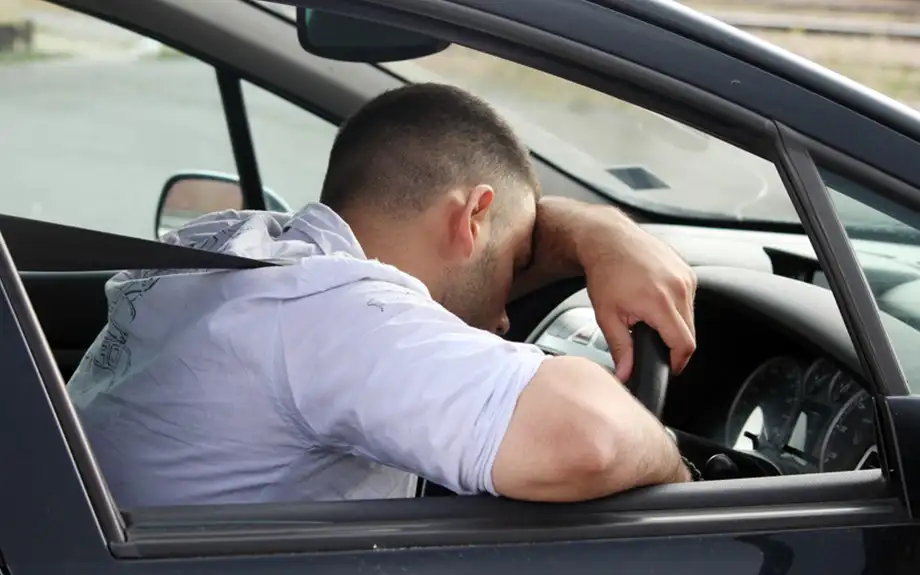What to Do if You Fail Your Driving Test
Apr 4 2022 11:14AM
Not everyone passes their driving test first time. According to data by the DVSA, 50.9% of those who took their driving test between 2015 -16 passed first time. So, if you fail your driving test don't worry, you're not alone. Put away that Ben and Jerry's ice cream and push on forward. Here's what to do after you fail your driving test.
What's on the driving test?
If you're curious about what to do after you fail, but have not taken your driving test yet, here's a quick overview of what happens on the test.
- The driving test is 40 minutes long. It includes: an eyesight test; 'Show me, Tell me' questions; a general driving assessment; reversing manoeuvres and an independent driving portion
- To pass you will need to complete the test without making any serious or dangerous errors. You are allowed to make up to 15 standard faults.
- Your test will be supervised by a DVSA appointed instructor, who will tell you at the end of the test whether you have passed or failed
Don't panic
If you fail, first off - breathe - try not to panic. Instead remember this - according to research those who take more than one driving test are less likely to have an accident after passing. Not passing first time doesn't make you a bad driver, it just means there's a few things you need to improve on, to be as safe as possible for when you start driving unsupervised.
Inform your instructor
If your driving instructor did not come with you to the driving test centre you should let them know that you were unsuccessful. They can help you review where you went wrong and give you some guidance about how to improve.
Practice makes perfect
It may sound like a bit of a cliché but it's true. If you've failed your driving test you will need to practise where you went wrong. The instructor who took your driving test will mark you down if you make a mistake in a certain part of your driving. Some mistakes are less obvious than others, so to make things clear the instructor will de-brief you at the end of the test, highlighting where you went wrong. They will also give you a grading sheet, where faults are recorded, along with how severe the fault was.
- A standard fault - not something that is 'dangerous', but if receive numerous standard faults for the same thing it may result in you receiving a serious fault.
- A serious fault - something potentially dangerous (automatic fail if received).
- A dangerous fault - your driving puts you, the instructor, pedestrians or property in danger (automatic fail if received).
Use their comments and this sheet to guide your practice. If you take out a learner driver insurance policy you will be able to go over these areas and refine your skills, until you are ready to take your driving test again.
Re-booking your test
You won't be able to re-book your driving test straightaway. You have to book a test at least 10 working days after the date of your failed test. Take the time to practise before you jump right back into it. To book yourself in for another driving test, visit Gov - book driving test. You will have to pay another test fee. We recommend giving yourself at least a few weeks' practice before heading back to the test centre.
Take someone with you
Hopefully going through the process for a second time will make you less nervous. However, if you still have a few jitters you can always take someone with you. Make sure they are 16 or over and follow the observation rules. You can take Mum, Dad or a friend along for moral support. If your instructor goes along this time, and you are unsuccessful again, at least this time they can see first-hand where you went wrong and give you more in-depth advice afterwards.
If you've failed your driving test it's not the end of the world. It's better to get it right and feel confident that you are going to be safe on the roads for the future, than rushing right into something you may not be entirely ready for.

